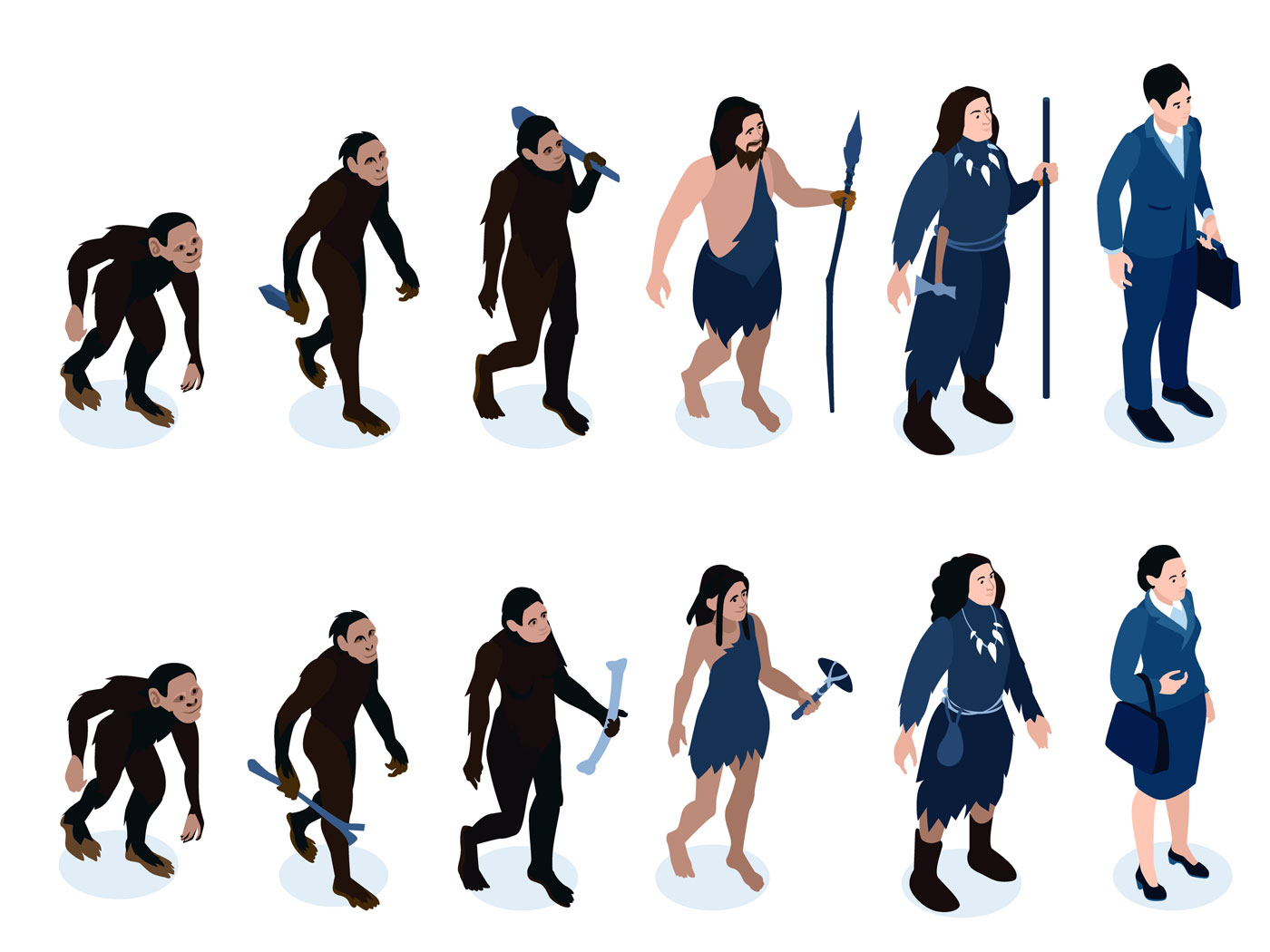The biblical model of origins maintains the first forms of life created by God were the land plants complete with root systems on Day 3 of creation week. The first life did not evolve from inorganic non-life in some unknown primal ocean some unknown time ago. Land plants were fully-formed and functional—leaves, stems, flowers, seeds, roots, etc.—“In the beginning.”
Not surprisingly, a recent article published in Nature magazine describes a supposed “Stepwise and independent origins of roots among land plants.”1 The authors describe a clubmoss (lycopsid or lycopod) called Asteroxylon mackiei from “407-million-year-old Rhynie chert.” The remains of lycopods make up many fossil deposits—such as those found in sandstone layers in Glasgow, Scotland—as a result of the Genesis Flood. The researchers suggest A. mackiei was an evolutionary stage, and that from it “a root cap, root hairs, endogenous development and an endodermis all evolved.”1
But how? Was it by time, chance, and random mutations? Each one of these physical structures has a specific function and is incredibly complex. For example, the endodermis—the layer that regulates the plant’s water and nutrient intake—is designed with a band of waterproof material around the transverse and radial walls of the root cells called the Casparian strip that controls important physiological processes.
The Nature article describes the lycophytes (over 1,200 living species) and Euphyllophytes (a group within the vascular plants that includes seed plants, ferns and gymnosperms) coming from an unknown “rootless common ancestor of vascular plants.” Creationists predict this rootless common ancestor—like all other supposed common ancestors—will never be found.
In addition, the authors appeal to the convenient but worthless idea of convergent evolution that explains nothing.2 Indeed, tracing euphyllophyte evolution is problematic when the fossil and molecular data don’t agree.3 God created this broad group of lycopsid plants (i.e., A. mackiei with its rooting axes and meristems) thousands of years ago and those species that have not gone extinct have experienced stasis—no evolutionary change.
The only rational reason for such highly designed amazing systems is an Omnipotent Creator creating them instantly. ![]()
Plant roots are complex organs that not only anchor the plant in the soil, but engage in nutrient and water uptake along with symbiotic interactions with soil microbes. Roots are complex self-renewing organs and appear suddenly in the fossil record with no evolutionary precursors. This new study only serves to highlight this embarrassing evolutionary enigma. The only rational reason for such highly designed amazing systems is an Omnipotent Creator creating them instantly, exactly as described in the Bible.
References
1. Hetherington, A. J. and L. Dolan. 2018. Stepwise and independent origins of roots among land plants. Nature. 561: 235-238.
2. Tomkins, J. 2016. Convergent Evolution or Design-Based Adaptation? Posted on ICR.org July 7, 2016, accessed September 20, 2018.
3. Rothwell, G. W. and K. Nixon. 2006. How does the inclusion of fossil data change our conclusions about the phylogenetic history of Euphyllophytes? International Journal of Plant Sciences. 167 (3): 737–749.
Stage image: Clubmoss
Stage image credit: Copyright © 2011. Wikipedia. Used in accordance with federal copyright (fair use doctrine) law. Usage by ICR does not imply endorsement of copyright holder.
*Frank Sherwin is a Research Associate at ICR and earned his master’s in zoology from the University of Northern Colorado.





















